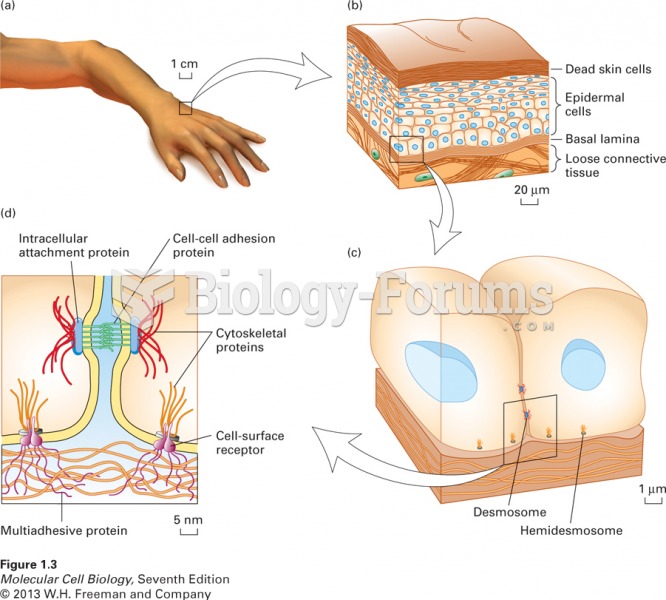Interviews may be more or less formal. In highly formal interviews participants tend to stay closely within social and professional roles. They do little to acknowledge each other as unique individuals. Instead, the interviewer acts as the potential employer, the corrective supervisor, or whatever role is pertinent to the type of interview being conducted. The interviewee also acts from a defined role: prospective employee, repentant subordinate, and so forth. The content of highly formal interviews tends to follow a standard format, often one that the interviewer has written to structure the interaction. Nonverbal communication provides further clues to formality: clothes, a formal meeting room, stilted postures, and a stiff handshake are all signs of formality. In contrast, informal interviews are more relaxed, personal, and flexible. The interviewer attempts to engage the interviewee as an individual, not just a person in a general role. In turn, the interviewee tends to communicate with the interviewer in more individualistic ways. Typically, informal interviews aren't as rigidly structured as formal interviews. The interviewer may have a list of standard topics (either memorized or written down), but those provide only guidelines, not a straightjacket for communication. Either participant may introduce unusual topics, and they may devote more time than planned to issues that arise. Informal interviews often include nonverbal cues such as smiling, relaxed postures, casual surroundings, and informal dress. The author suggests that
a. formal interviewers often deviate from prepared questions.
b. informal interviews may be less stressful than formal ones.
c. time frames may be of greater importance in informal interviews.
d. informal interviewers tend to treat all interviewees alike.
Question 2
Interviews may be more or less formal. In highly formal interviews participants tend to stay closely within social and professional roles. They do little to acknowledge each other as unique individuals. Instead, the interviewer acts as the potential employer, the corrective supervisor, or whatever role is pertinent to the type of interview being conducted. The interviewee also acts from a defined role: prospective employee, repentant subordinate, and so forth. The content of highly formal interviews tends to follow a standard format, often one that the interviewer has written to structure the interaction. Nonverbal communication provides further clues to formality: clothes, a formal meeting room, stilted postures, and a stiff handshake are all signs of formality. In contrast, informal interviews are more relaxed, personal, and flexible. The interviewer attempts to engage the interviewee as an individual, not just a person in a general role. In turn, the interviewee tends to communicate with the interviewer in more individualistic ways. Typically, informal interviews aren't as rigidly structured as formal interviews. The interviewer may have a list of standard topics (either memorized or written down), but those provide only guidelines, not a straightjacket for communication. Either participant may introduce unusual topics, and they may devote more time than planned to issues that arise. Informal interviews often include nonverbal cues such as smiling, relaxed postures, casual surroundings, and informal dress. Identify the relationship between the following sentences from the first paragraph. Instead, the interviewer acts as the potential employer, the corrective supervisor, or whatever role is pertinent to the type of interview being conducted. The interviewee also acts from a defined role: prospective employee, repentant subordinate, and so forth.
a. The second sentence adds a fact to what is said in the first.
b. The second sentence gives an example of the first.
c. The second sentence summarizes the first.
d. The second sentence contradicts the first.







